The Subtle Weirdness of the Anglo-Scottish Border
A desolate yet oddly captivating stretch of land, inconveniently located between two nations.
After nearly three years away, I've returned to England, specifically to Brampton, Cumbria, a town so unremarkable that even Google Maps struggles to feign enthusiasm, instead convinced you're searching for Brampton, Ontario. As a teenager, I was sure where I lived was the dullest place on Earth, a pastoral purgatory where nothing ever happened. But three years away has given me a startling realization: it's not dull. It's just quietly, profoundly strange.
For those unaware, and I imagine that's most people, Brampton is a small market town in the far northwest of England, about ten miles south of the Scottish border.
The land around Brampton has always felt like something out of a fantasy novel. To the south and west, there are safe, shire-like green fields; to the north and east, rugged fells rise, weathered and wild. Then there's the murky stretch toward Longtown, and the brooding expanse along the Scottish border; a shadowy, untamed landscape. The area sometimes feels a bit Tolkienesque but with more paved roads, fewer mythical beasts, and the occasional Land Rover Defender rattling past.
Like New Year's Eve and the transition from one year to another, borders are manifestations of human minds, liminal spaces that exist simply because we say they do. Wild animals and birds, oblivious to these divisions, traverse them freely, unburdened by the imaginary lines we've drawn across the earth. But they feel real to us; crossing from one country to another, everything shifts: the language, the faces of the people, the architecture rooted in a different vernacular.
For the past few years, I've been toying with starting a photo project on borders, how they're imagined yet undeniably real. It's the kind of undertaking that's easy to put off, something you tell yourself will always be there. But this week, caught in the foggy limbo between Christmas and New Year, my mum and I set out on a soggy, misty day to explore the blurred edge of England and Scotland, and perhaps finally get this project started. My mum, being the action-over-inertia type, gave me the nudge I needed to stop thinking and just do it.
We set off from Brampton, heading east past Longtown and Newcastleton toward a tiny hamlet named Deadwater, perched just south of the border.
Growing up, I didn't think much about living near the border between two countries – it was just how things were. And, to be fair, the border between Scotland and England isn't like most international borders. For one, Scotland and England have been united since 1707 as part of the United Kingdom. Crossing this border means moving between two nations within a single country. There are no passport checks, customs, or even road signs beyond the occasional marker on a lamppost. Unlike the heavily patrolled US-Mexico border, this is a softer crossing. More like moving from New York to Pennsylvania. And yet, not quite. Scotland and England are two of the oldest unified nations in Western Europe, with histories stretching back to the 9th and 10th centuries.
Driving from Longtown to Canonbie, the transition is subtle but telling. The red sandstone buildings of northern England give way to whitewashed cottages and grey stone farmhouses typical of Scotland. The hills and moorlands become more pronounced, offering a wilder, less cultivated feel. Even the voices shift: the flattened vowels of northern England soften into the brighter, more melodic tones of the Scottish Borders. This enduring separateness on either side of the border fascinates me.
The landscape is desolate yet captivating. Moorlands stretch for miles and miles under a blanket of mist, dense man-made pine forests like those in Kielder encroach on the roadsides, and the silence is broken only by the occasional distant bleat of a sheep. There's an unease to these places, not overtly threatening but heavy with history. It's as though the land itself remembers centuries of lawlessness, raiding, and feuding – the time of the Border Reivers.
Families like the Armstrongs, Elliotts, and Grahams survived through theft, cunning, and fierce independence. Just as modern criminal networks exploit chaos across borders, the Reivers thrived in the political instability of the Anglo-Scottish frontier, raiding cattle, burning villages, and taking hostages for ransom. They were neither fully Scottish nor fully English; instead, they were loyal to their families and way of life, viewing the border as a fluid concept rather than a hard divide. The border itself was not clearly defined for much of this period. Physical markers were scarce, and disputes over territory were common. The Border Reivers used it to escape pursuit, knowing that crossing into the other jurisdiction made it harder for authorities to apprehend them.
Driving through these hills, you still feel like you're in a grey zone, a place where history lingers in the landscape, and I found the atmosphere unsettling. The feeling is strongest when crossing from the Scottish border back into England, approaching Deadwater, whose name alone carries a sinister edge, evoking stagnant waters and lifelessness. After navigating through an eerie stretch of moorland and then through a sudden corridor of pine trees, you reach a scattering of buildings surrounded by misty hills. The remnants of old railways and abandoned structures further contribute to its haunting quality. These in-between places hold a strange kind of allure, liminal spaces that belong to neither here nor there. They're thresholds between two countries and past and present, wilderness and cultivation, the known and the unknown. And for me, that makes them endlessly worth exploring.
From Deadwater, the road leads deeper into one of Northumberland's remotest corners, and it's here that the vast expanse of Kielder Forest takes over. While Deadwater feels like a ghost lingering at the edge of civilization, Kielder is something else entirely – immense, oppressive, and untamed. Its brooding atmosphere stems from its sheer scale; as one of Europe's largest man-made woodlands, it spans an area roughly the size of Singapore.
Kielder is dominated by densely packed Sitka spruce – towering pines native to the west coast of North America – from Alaska to northern California. They don't belong here, and they know it. The trees exist in an uneasy, almost untrustworthy symbiosis with the windswept, peaty landscape. It's like overlaying a dense Canadian pine wilderness onto the barren moorland of the UK, a jarring contrast. It wouldn't be out of place as the setting for a horror film. I could have spent far longer exploring this stretch of borderland, but alas, the days are short in late December, and we headed back to Brampton.
I’m excited to see where this project will go. One idea is to also document the Germany-Poland border, which is divided by the Oder River and the US-Canada border, both lines in the sand that are once again becoming more relevant in the wake of far-right populist nationalist resurgences on both sides of the Atlantic. Additionally, I'd like to explore borders that once were, namely the Berlin Wall and the divide between the former East and West, but others have covered this extensively. Another is the invisible border in Montreal between the predominantly French-speaking east and English-speaking west of the city. But it's early days yet.
Arriving back in Brampton, it struck me: if borders are imaginary, so is much else; the lines, the rules, the stories we tell ourselves about belonging. Yet these invisible constructs shape everything: where we plant flags, draw maps, or decide that a whitewashed cottage belongs to one nation while a sandstone farmhouse belongs to another. The joke isn't on the borders; it's on us for believing they were ever real.
In other news:
I recently invested in a Valoi Easy35 film scanner and have been having a great time scanning my mum's old Velvia, Provia, and Kodachrome slides from the 1980s, 1990s, and early 2000s. The colours in these slides are absolutely stunning, and I'm blown away by the incredible photos she took. My mum has an incredible archive from her time as a mountain guide in Iceland, filled with some real gems. Next week I'll expand more on this.
You’ve made it to the end
Thank you for reading! Your feedback and support so far have been incredibly encouraging – a big thanks to everyone who’s subscribed. It means a lot. Wishing you all a very happy new year and if you’re enjoying this, please do share with a friend or drop me a message. More stories to come soon—stay tuned! Feel free to follow me on Instagram too.






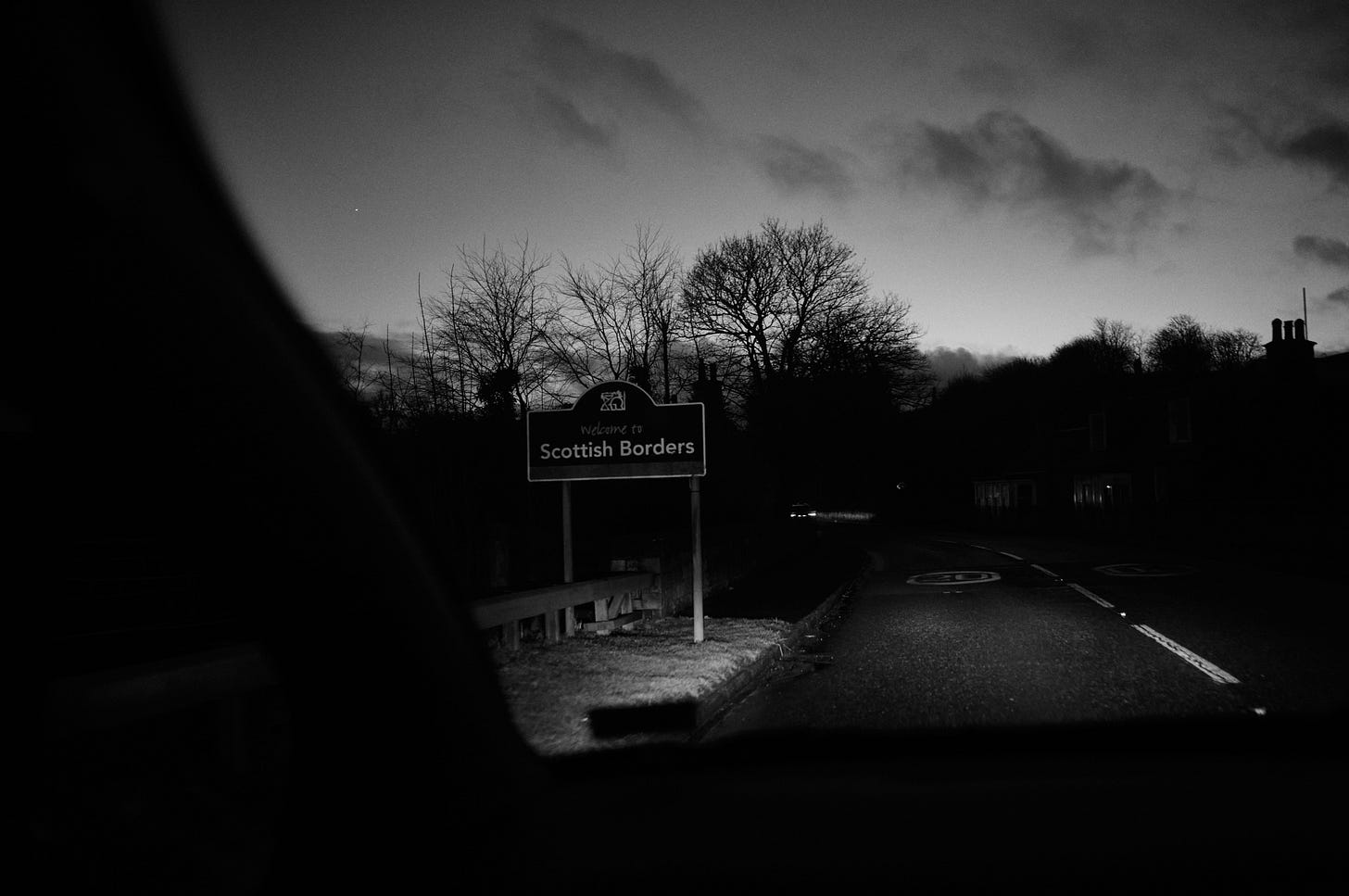



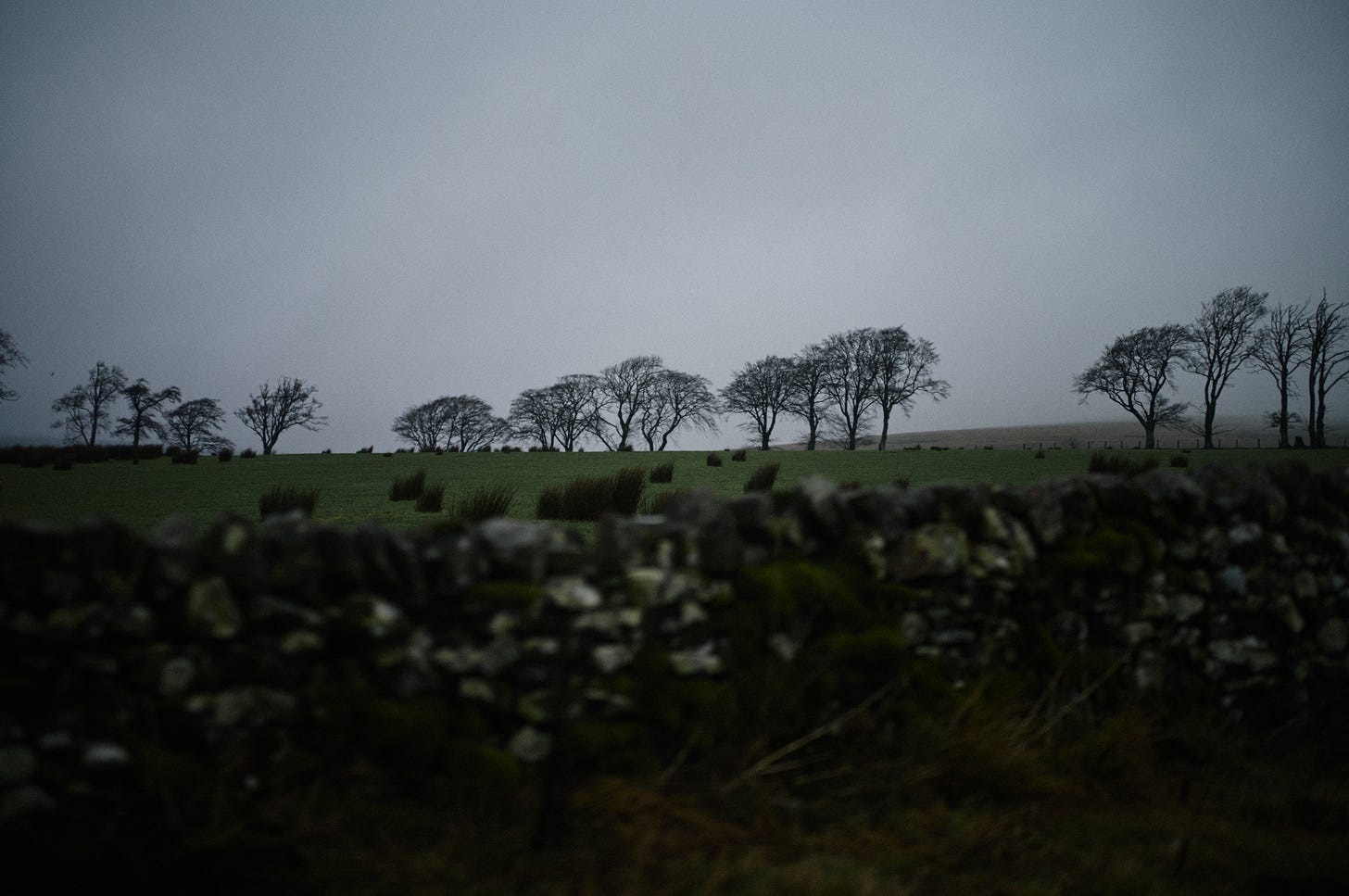


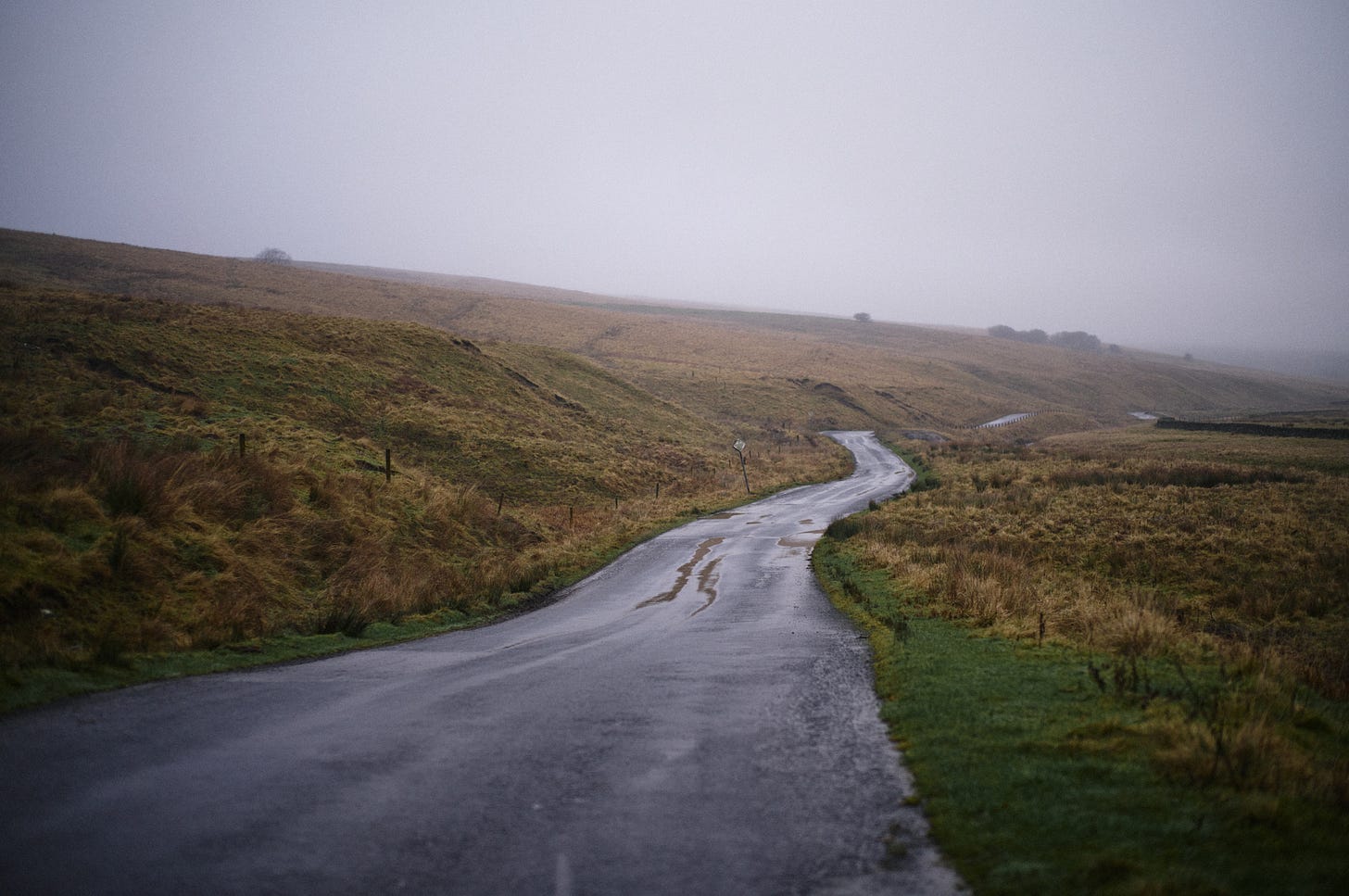
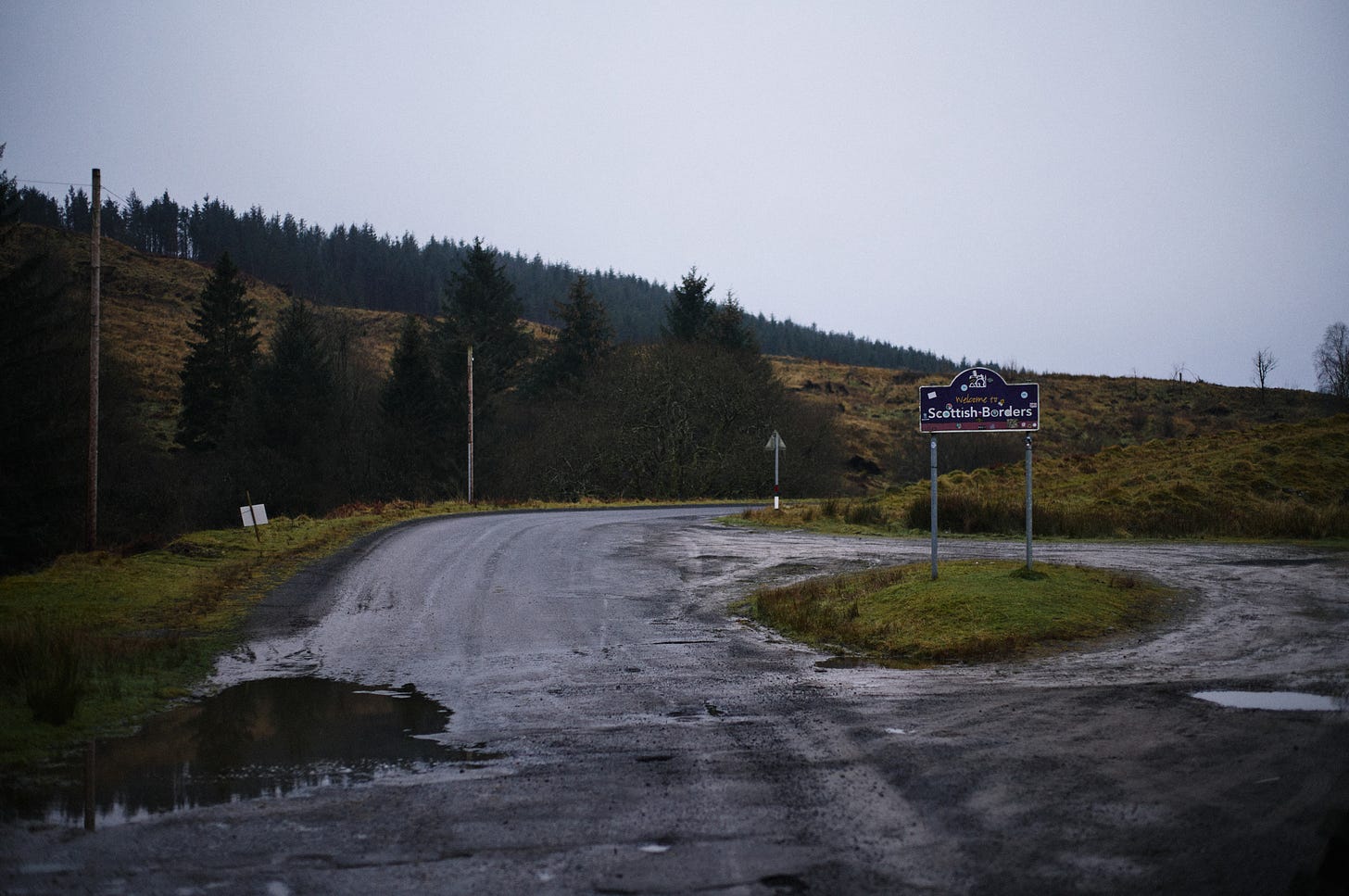
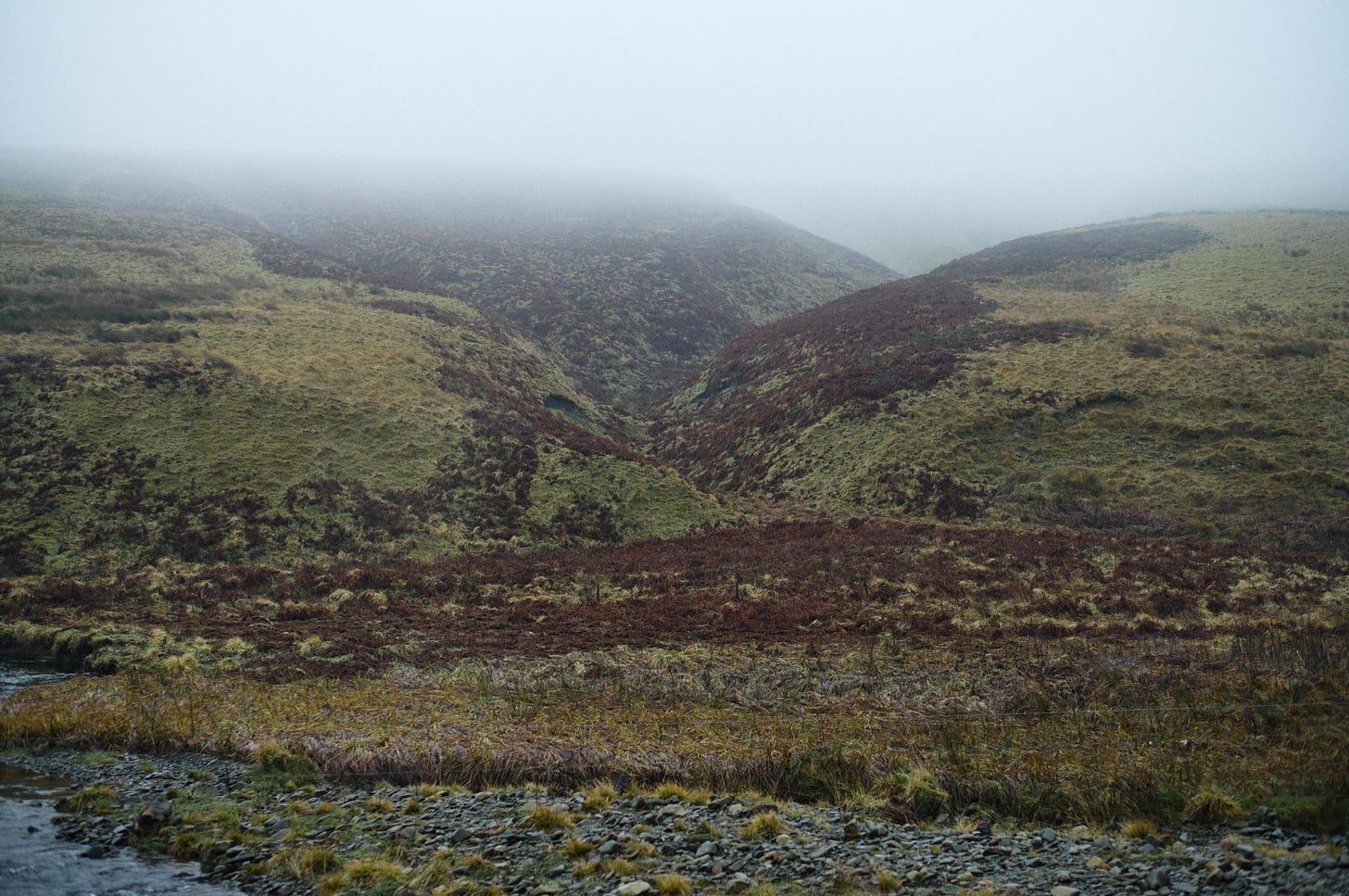
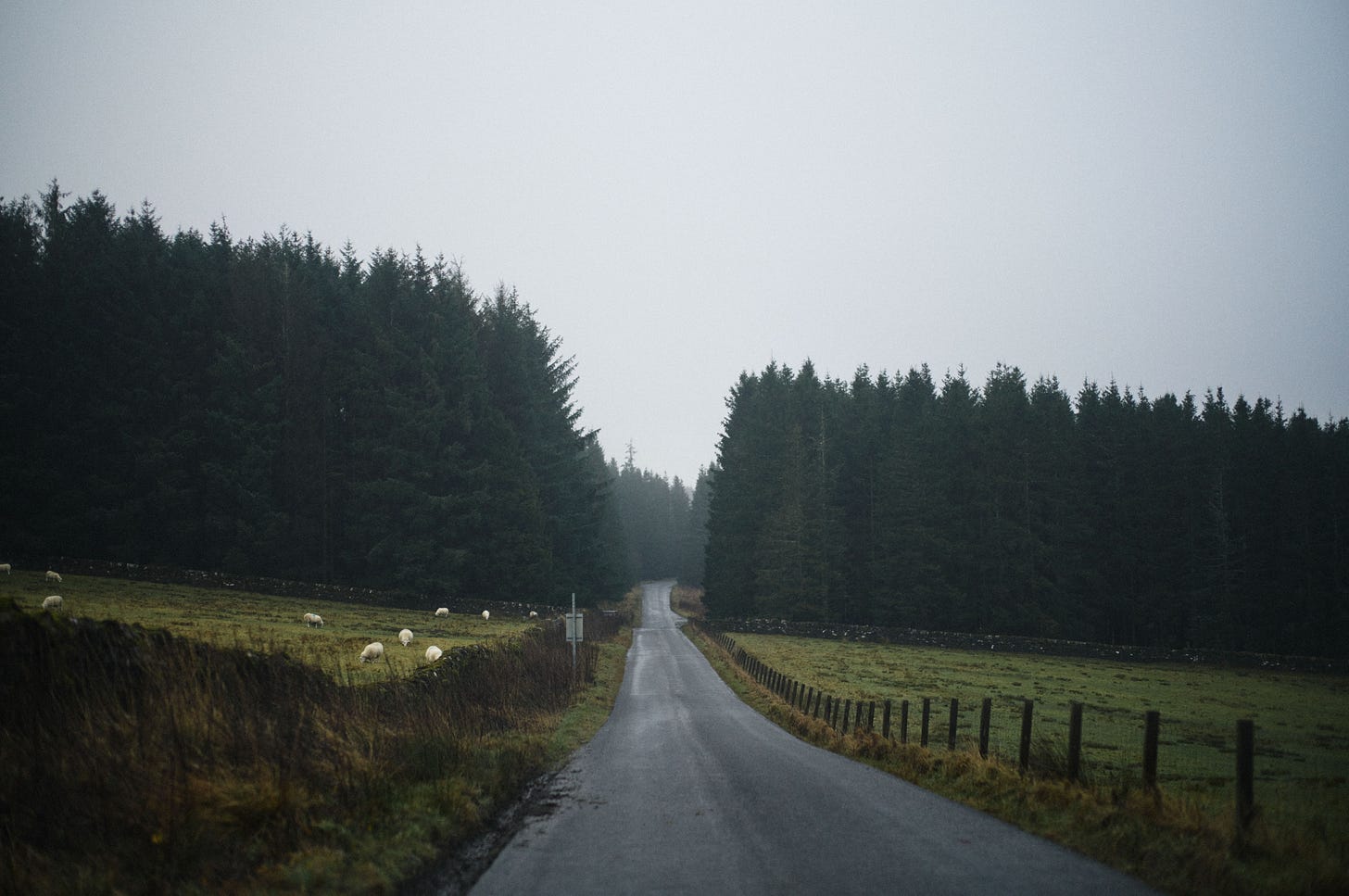

Ari, I enjoyed reading this piece about borders. Living on an island, I'm not so aware of borders between countries as you may be in Europe. But I'm thinking a lot about New Year's Eve as a border and why I can't get excited about transitioning from 2024 to 2025. Now its New Year's Day, but what has changed? Nevertheless have a great 2025.
I loved your series of photos with this essay!
I enjoyed reading about a landscape I know well. I felt your words and pictures perfectly captured the atmosphere of the area. The idea of a project about borders is intriguing and I look forward to seeing how it progresses.